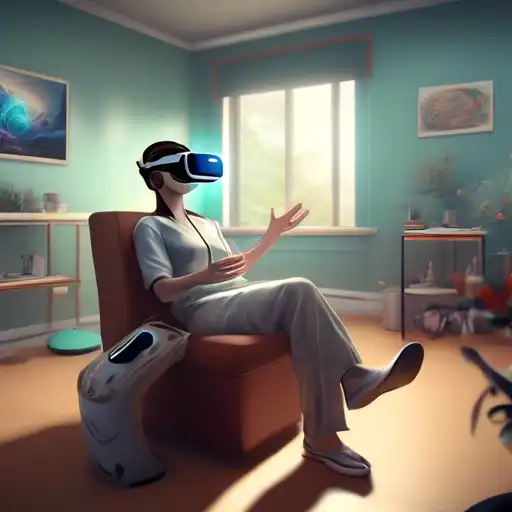The Transformative Power of Virtual Reality in Therapeutic Practices
Virtual Reality (VR) technology has transcended its initial entertainment purposes, paving the way for groundbreaking applications in therapy. This immersive technology is now being leveraged to treat a variety of psychological and physical conditions, offering patients a safe and controlled environment for rehabilitation and healing.
Understanding VR Therapy
VR therapy involves the use of virtual reality simulations to create immersive experiences that can help individuals confront and overcome their fears, anxieties, and physical challenges. By simulating real-life scenarios, therapists can guide patients through tailored experiences that promote healing and recovery.
Applications of VR in Therapy
The applications of VR in therapy are vast and varied, including but not limited to:
- Mental Health Treatment: VR is used to treat conditions such as PTSD, anxiety disorders, and phobias by exposing patients to controlled virtual environments where they can face their fears safely.
- Physical Rehabilitation: Patients recovering from strokes or injuries use VR to regain motor skills through engaging and interactive exercises.
- Pain Management: VR has been shown to reduce pain perception by distracting patients with immersive experiences during painful procedures.
- Social Skills Training: Individuals with autism spectrum disorder benefit from VR by practicing social interactions in a controlled, repeatable environment.
The Benefits of VR Therapy
VR therapy offers numerous benefits over traditional therapeutic methods, including:
- Enhanced Engagement: The immersive nature of VR keeps patients engaged and motivated throughout their therapy sessions.
- Safe Environment: Patients can confront their fears and practice skills without real-world risks.
- Customizable Scenarios: Therapists can tailor virtual environments to meet the specific needs of each patient.
- Measurable Progress: VR technology allows for the tracking of patient progress through data and analytics.
Challenges and Considerations
Despite its potential, VR therapy faces challenges such as high costs, the need for specialized equipment, and limited accessibility. However, as technology advances and becomes more affordable, these barriers are expected to diminish.
The Future of VR in Therapy
The future of VR in therapy looks promising, with ongoing research exploring new applications and improvements in technology. As VR becomes more integrated into therapeutic practices, it has the potential to revolutionize the way we approach mental and physical health treatment.
For more insights into how technology is transforming healthcare, explore our articles on innovative healthcare technologies and the future of mental health treatment.
